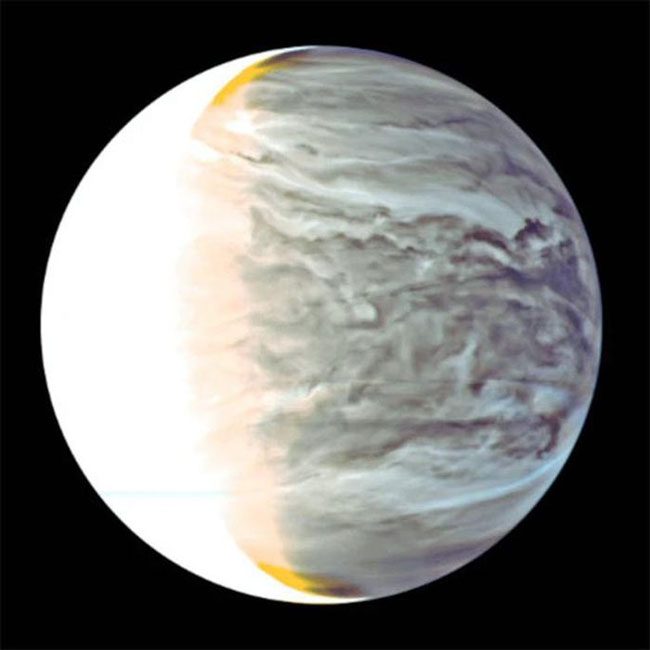Extraterrestrial life may be closer to us than previously thought: in the seemingly deadly clouds of Venus, the planet closest to Earth.
According to a study recently published in the journal Astrobiology, researchers have demonstrated the possible existence of photosynthesis processes within the dense clouds of Venus.

Venus is a target of astronomers in the search for extraterrestrial life – (Photo: NASA).
Professor Rakesh Mogul from the Department of Chemistry and Biochemistry at California State Polytechnic University (USA) stated that the acidity levels and water activity in the clouds of Venus could be within acceptable ranges for microbial life existing on Earth.
“We believe that the clouds of Venus will become a fantastic target for life detection missions, just like the clouds on Mars and Jupiter’s moon Europa that people are currently focusing on,” Professor Mogul said.
According to Sci-News, similar to Earth, the hypothetical phototrophic organisms living in the clouds of Venus would access sunlight during the day. Moreover, they could continue photosynthesis at night thanks to thermal or infrared energy from the planet’s surface and unique atmosphere.
This statement follows calculations showing that thermal and solar radiation in the clouds of Venus possess light wavelengths that can be absorbed by photosynthetic pigments found on Earth. The thick upper layer of Venus’s atmosphere is capable of filtering out harmful UV radiation just as Earth’s ozone layer does.





















































